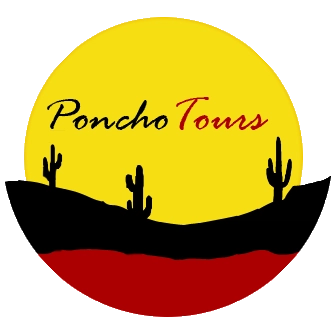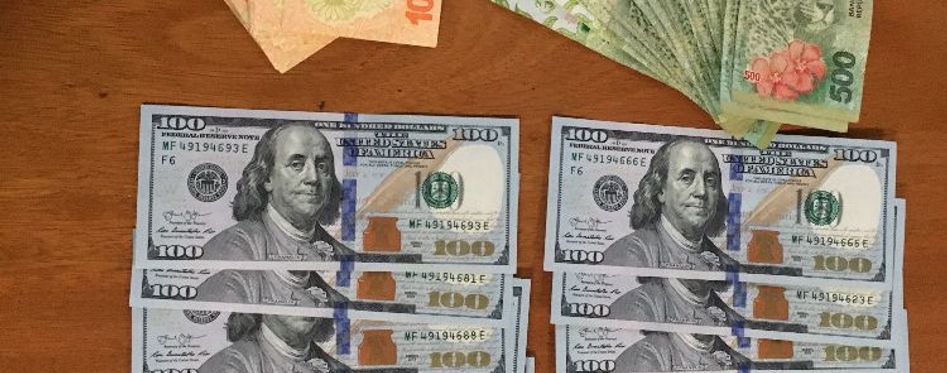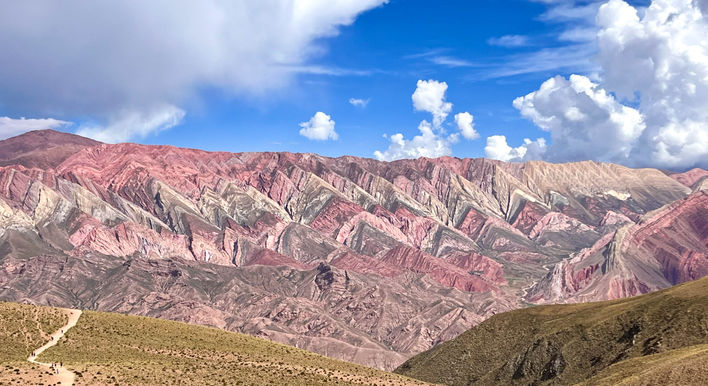As promised, after the settling in of the new President and his radical approach to governing a broken economy, here are some of my thoughts on what the new regime means for tourism.
A tour we think you'll love
Crucially, is this the death of the blue dollar?
Take a look at existing rates (click on the link, as they are changing all the time): as I write on January 4th, the official dollar is 831 (Banco La Nacion), while yesterday I changed at 970 on the blue (slightly more than the 955 reported here, but that is what a day will do).
That is a difference of 14%, but far from the 50 to 60% disparity we had before December 10th when Milei took office.
You can see from this graph how the official dollar shot up from 381 to 833 over the week when Milei assumed power.
Remember that Milei is an economist who has worked for HSBC and the International Centre for Settlement of Investment Disputes.
So one hopes he can sort out the economy, a job which has eluded many including the former Minister of the Economy Sergio Massa, against whom he was pitted in the Presidential run-off.
Massa isn’t an economist, but a lawyer (there have always been far too many of them in government ever since the first junta of Independence included two!).
Moreover, he’s a lawyer who only qualified at the age 41, 19 years after first dropping out of university without passing his exams.
But one of Massa’s excellent innovations was the Dolar MEP (the rate you get if you pay with your foreign bank card: currently even higher than the blue at 1,034 pesos.
It appears that Milei’s plan, and that of the finance minister Luis Caputo, is to squeeze the black economy: bringing the official dollar closer to its real value.
While the liberal media is obsessing over the extreme libertarian nature of the new President and have jumped up and down over the devaluation of the peso (only the Lebanese pound has devalued more than the peso during 2023), those of us who live in Argentina know that the official dollar rate was a fantasy: the real price of things was reflected in the blue dollar, free of the currency controls constraining the official dollar.
Most people have voted for Milei while holding their noses: as a Clinton strategist said in the context of the 1992 US elections, “It’s the economy, stupid”.
Let’s hope the government’s measures will bring down inflation: an estimated 220% in 2023, the worst since the stagflation of 1990 when Menem took over from Alfonsin.
What this means in the short-term is a heavy price readjustment to reflect the 50% devaluation in the official peso.
It started just before Christmas, giving people ample opportunity to moan to the butcher about the price of meat.
As a tourist, your holiday is going to be more expensive than it was in 2023: but as guests of ours on our tailor-made tours will testify, last year everything was ridiculously cheap.
Some hotels which set their rates in dollars (allowing you to pay at the official rate) have actually cut their prices: a special mention for the sumptuous Patios de Cafayate, now offering double rooms starting from US$160, slashed from US$355.
The fuel in your hire car is going to be twice as expensive (the unleaded diesel I put into my 4×4 has risen from 515 pesos the litre on December 8th to 795 on my return from my latest trip to the Atacama in Chile on New Year’s Eve) and this week rose to 999.
(All the more reason, of course, for taking the stress out of your Argentina holiday and doing a private English-speaking tour with one of our expert driver/guides!)
I’d use your foreign bank cards as much as possible to take advantage of the Dolar MEP rate, but always still bring US$ cash which we can change into pesos for you for your day-to-day expenses.
- Incidentally, at the end of 2022, the blue dollar was at 309: and when outgone President Alberto Fernandez took power in December 2019 it was at 68.






